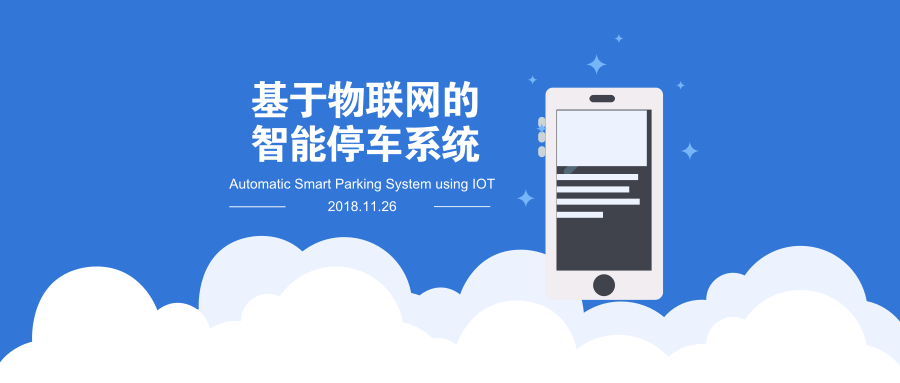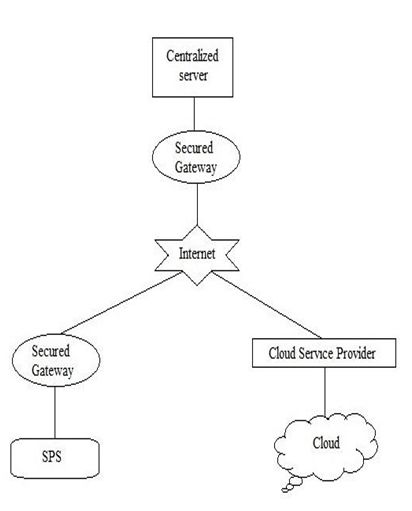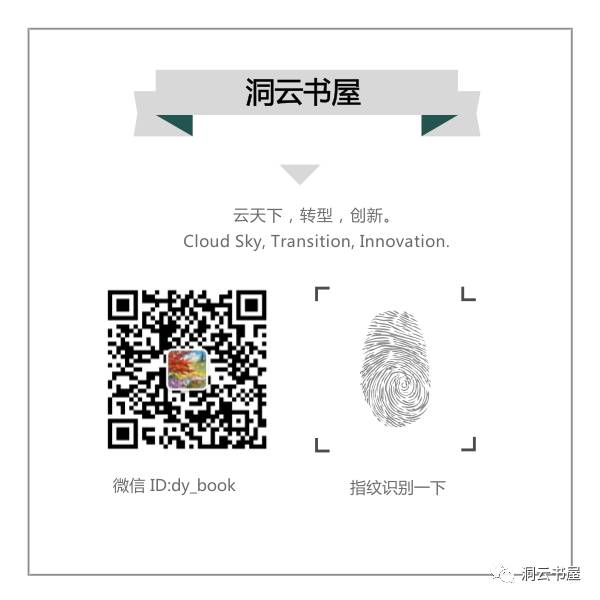基于物联网的智能停车系统

(注:本文是译文,original author: Mr. Basavaraju S R)
Internet of things was first introduced in 1999 at auto-ID centre and first used by Kevin ashton. As evolving this latest burning technology, it promises to connect all our surrounding things to a network and communicating with each other with less human involvement. Still internet of things is in beginning stage and there is no common architecture exists till today [1]. There is lot of researches and implementations are currently being going on in all the respective areas. Thus there is no guidelines or boundaries exists to define the definition of internet of things. So depending on the context, application the internet of things has different definitions. Shortly it is defined as the things present in the physical world or in an environment are attached with sensors or with any embedded systems and made connected to network via wired or wireless connections [2], [3]. These connected devises are called as smart devices or smart objects. And it consists of smart machines which communicating interacting with other machines, environment, objects etc. And also it incorporates to connect any two machines, machine to human and vice-versa etc.
物联网最早于1999在汽车识别中心首次推出,由Kevin ashton使用。随着这种最新的技术的发展,它承诺将我们周围的所有事物连接到一个网络上,并通过较少的人类参与来进行交流。物联网仍处于起步阶段,至今没有共同的体系结构。目前在各个领域都在进行大量的研究和实现。因此,没有定义任何事物的准则或边界。因此,基于物联网的应用有不同的定义。不久,它被定义为存在于物理世界或环境中的事物通过有线或无线连接与传感器或任何嵌入式系统连接到网络。这些连接的设计被称为智能设备或智能对象。它由与其他机器、环境、物体等相互作用的智能机器组成,还包括连接任何两台机器、机器到人、反之亦然等。
IOT technology grows in various fields of smart applications but we have not yet found boundary constraints of this technology. Some smart applications which it has implementing currently such as on smart grids, smart lighting, smart energy, smart city, smart health etc. This is broadly classified into three categories such as sensing, processing and connectivity. Whereas sensing includes sensing the speed of vehicles and humans or any objects (accelerometer), sensing of temperature, pressure etc. [9]. And these can be processing by using some processors such as network processor, hybrid processor MCU/MPU etc. And the devices are connected by using some technologies called GPS, Wi-Fi, BT/BTLE, RFID etc.
物联网技术在智能应用的各个领域都有发展,但还没有发现这种技术的边界约束。目前已经实施的一些智能应用,如智能电网、智能照明、智能能源、智能城市、智能健康等。这大致分为三类,如传感、处理和连接。而感测包括检测车辆和人或任何物体(加速度计)的速度、感测温度、压力等。利用网络处理器、混合处理器MCU、MPU等处理器进行处理,采用GPS、Wi-Fi、BT/BTL、RFID等技术进行连接。
More than half of the world’s people are living in the cities. So the cities have reached full of its occupancy. As people uses vehicles for transportation so there is large number of vehicles exists for people convenience. Most of the time people spend their precise time on searching parking lots to park their vehicles. The most traffic occurs only because of vehicle congestion in the urban areas thus people are wasting time in searching the parking area abnormally to park their vehicles.
世界上一半以上的人居住在城市里。所以城市已经占据了它的全部空间。由于人们使用车辆进行交通运输,所以存在大量的车辆供人们方便使用。大部分时间人们都在寻找停车场,停车的精确时间。大多数交通仅仅是由于城市交通拥挤而发生的,因此人们在停车场搜索停车时浪费时间。
Our system is a Raspberry pi based parking sensor which contains pi-camera to detect the empty parking spaces and sends this data to server, this stored data is accessed by users [5], [6]. This enhances the user to check the status/availability of parking spaces before setting their journey. Here the challenge is to use the existing resources in optimum level to reduce the searching time, traffic congestion in the city. Some embedded systems such as auridino, raspberry pi, Tsgate, Tsmote etc. are used to develop internet of things applications.
我们的系统是基于PI的停车传感器,它包含PI摄像头来检测空的停车位并将该数据发送到服务器,该存储的数据由用户访问。这增强了用户在设置旅程之前检查停车位的状态/可用性。这里面临的挑战是利用现有资源在最优水平上减少城市的搜索时间、交通拥堵。一些嵌入式系统,如auridino, raspberry pi, Tsgate, Tsmote等,用于开发物联网应用。
A few existing parking system which uses sensors to collect the information but using sensors like video sensors in a parking system are expensive so our aim is to develop a system with less cost with more performance [7], [8].
一些现有的停车系统使用传感器来收集信息,但是使用像停车场系统中的视频传感器那样的传感器是昂贵的,因此我们的目标是开发一种性能更便宜的系统。
The Smart Parking System is designed by making use of some IOT supportable hardware’s such as raspberry pi, auridino boards etc. here we focussing on less power consumption and more performance device so raspberry pi is the suitable microcontroller for our implementation. And NOOBS installer is loaded into the storage device of microcontroller. This installer which consists of various hardware supportable operating systems such as mac os, tiny os, openelec, raspbian os etc. where these operating systems which basically consumes less power.
智能停车系统是通过使用一些支持IOT的硬件,如raspberry pi, auridino板等。这里我们关注的是更少的功耗和更多的性能设备,因此raspberry pi是我们合适的微控制器。NOOBS安装程序加载到微控制器的存储设备中。这个安装程序由各种硬件支持的操作系统组成,如mac os, tiny os, openelec, raspbian os等,这些操作系统基本上消耗较少的功率。
The parking system is designed in such a way that it is applicable for covered parks, open parks and street side parking. The fig.1 shows the cloud based IOT architecture for smart parking system which contains cloud service provider which provides cloud storage to store information about status of parking slots in a parking area and etc. [10]. The centralized server which manages to store entire smart parking systems information such as number of slots, availability of vehicles etc. And these information will be accessed through some secured gateways through network.
停车系统是这样设计的,适用于公园、露天停车场和路边停车场。图1示出了基于云的智能停车系统IOT体系结构,该系统包括云服务提供商,该云服务提供商提供云存储来存储停车区中停车位的状态等信息。集中式服务器,管理存储整个智能停车系统信息,如位数、车辆可用性等,这些信息将通过一些安全网关通过网络访问。

This smart parking system which consists of several components. And theirs functionality includes:
这个智能停车系统由多个部件组成。他们的功能包括:
Centralized server: maintains databases which contain information about parking spaces present in the city.
Raspberry pi: the microcontroller which is used to implement our parking system and it is attached with raspberry pi camera.
Image capture: Pi-camera is used to capture the picture of parking area continuously to validate the slots which either filled or empty.
Navigation system: signals the availability of parking slots to the users and navigates to the exact location of nearest parking area from current location.
Display device: a monitor or tab is used to display the admin side interface and he is capable of modifying the parking lots by observing the device.
User device: user can connect with the smart parking system with their smart phones or with some browsers.
集中式服务器:维护包含城市停车位信息的数据库。
Raspberry pi:微控制器,用于实现我们的停车系统,它与Raspberry pi相机相连。
图像捕捉:PI相机用于连续拍摄停车区域的图片,以确认填充或空缺的位置。
导航系统:向用户指示停车位的可用性,并从当前位置导航到最近的停车区的确切位置。
显示设备:显示器或标签用来显示管理员侧界面,他能够通过观察设备修改停车场。
用户设备:用户可以通过智能手机或一些浏览器与智能停车系统连接。

下一篇:物联网卡打造智慧机场
